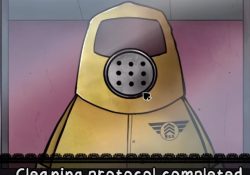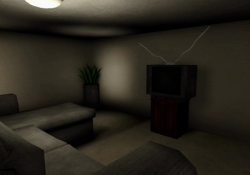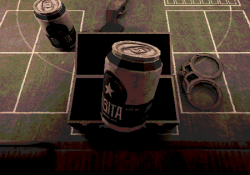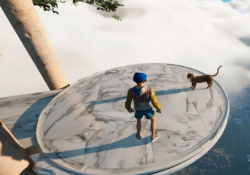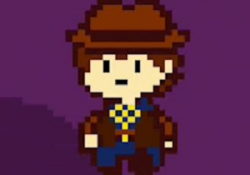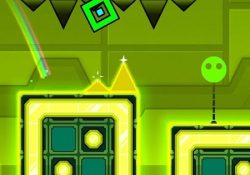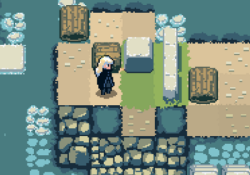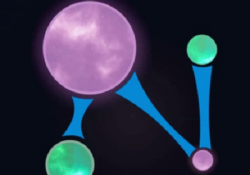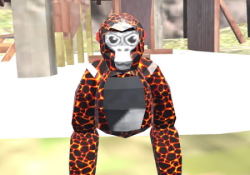Start Survey is a short psychological horror game that takes place entirely in a small, dimly lit room. The player sits at a computer desk, facing a laptop screen where a series of questions appear. At first, the questions seem harmless—asking about daily habits, preferences, and opinions—but over time, they begin to shift into something more personal and unsettling. The environment remains still, but subtle changes in lighting and atmosphere keep the player alert.
Interaction Through Questions
The main mechanic of the game is answering yes or no questions using the mouse. There is no movement beyond looking around the room or interacting with a few nearby objects, such as a water bottle, a folder, or the alarm clock. The experience focuses on how the questions create discomfort rather than presenting danger. Some questions catch the player off guard, referencing details inside the room or drawing attention to actions they’ve already taken.
Environmental Details And Design
Although the room is small, the game makes use of limited space effectively:
- A closed window with occasional flashes of light
- A bed and side table with simple props
- A trash bin where players can throw items
- A mysterious folder that cannot be opened
- The laptop, which serves as the central point of interaction
These elements don’t change often, but the static design makes the occasional shifts in lighting, sound, or timing more noticeable and impactful.
Personalization And Psychological Impact
What sets Start Survey apart is its ability to feel personal despite its minimal design. The game reacts to some player inputs in subtle ways—such as asking about the time, referencing files, or hinting that it “knows” more than it should. This creates a sense of vulnerability, as the game blurs the line between fiction and reality. The lack of jump scares is replaced with quiet unease, encouraging the player to question their role in the experience.
Start Survey delivers an eerie and introspective experience using simple tools and a confined setting. By relying on direct questions and small environmental details, it creates a narrative driven by emotion and suspicion. It invites players to reflect on what they see, and on how they react—turning a basic questionnaire into something far more memorable.





